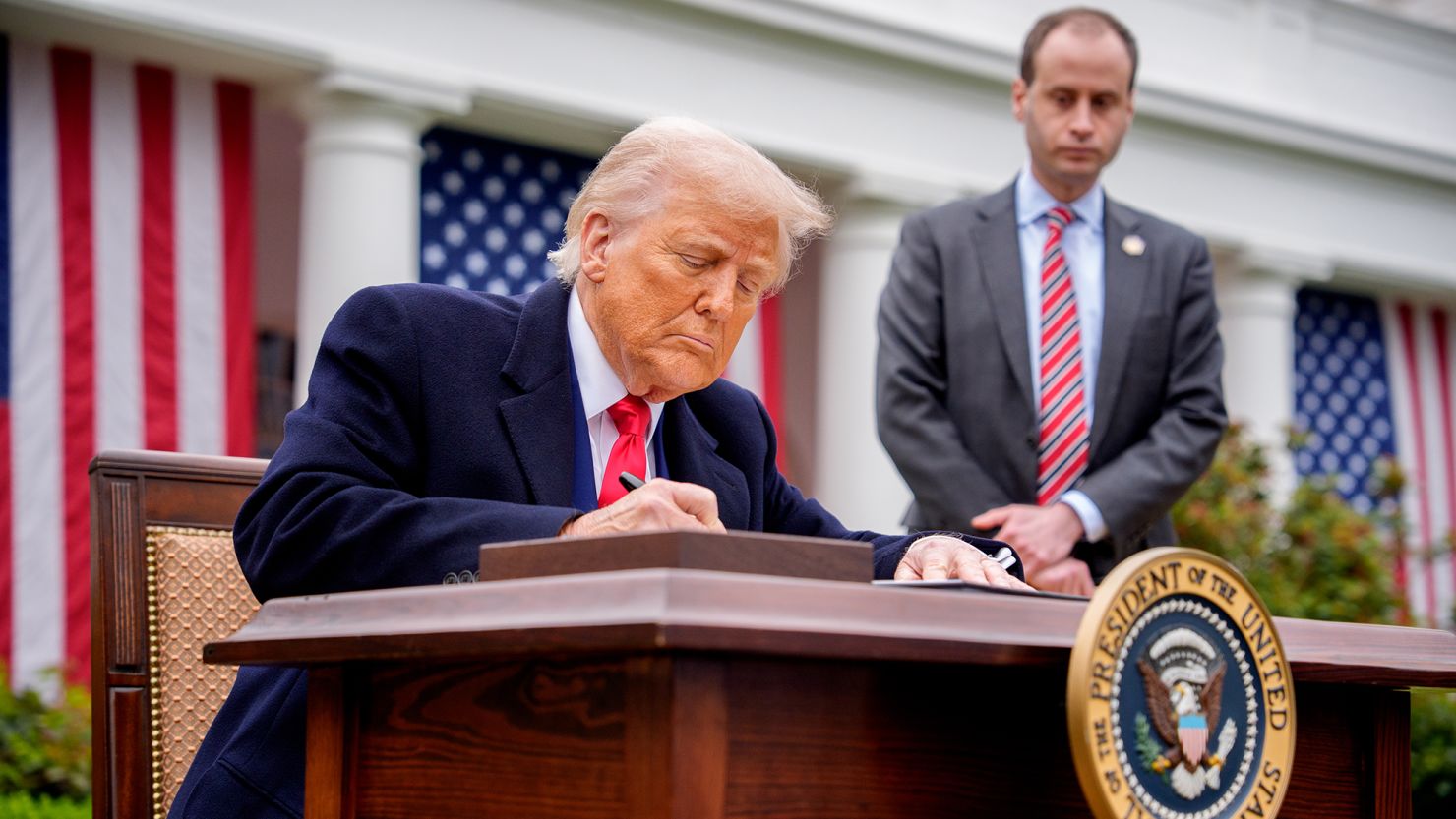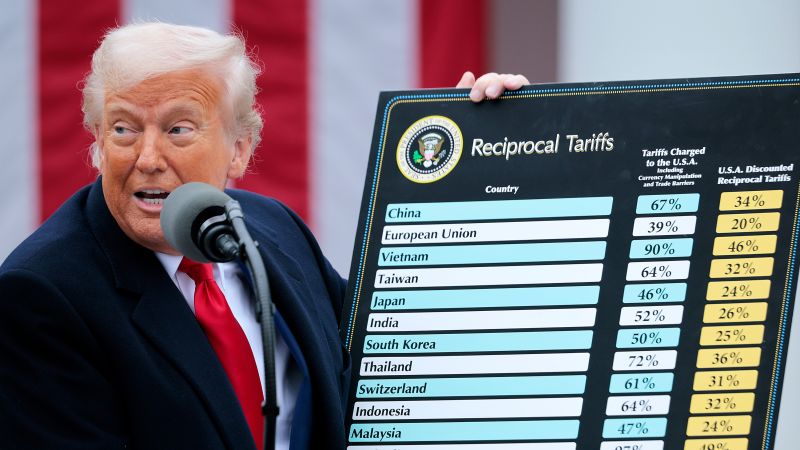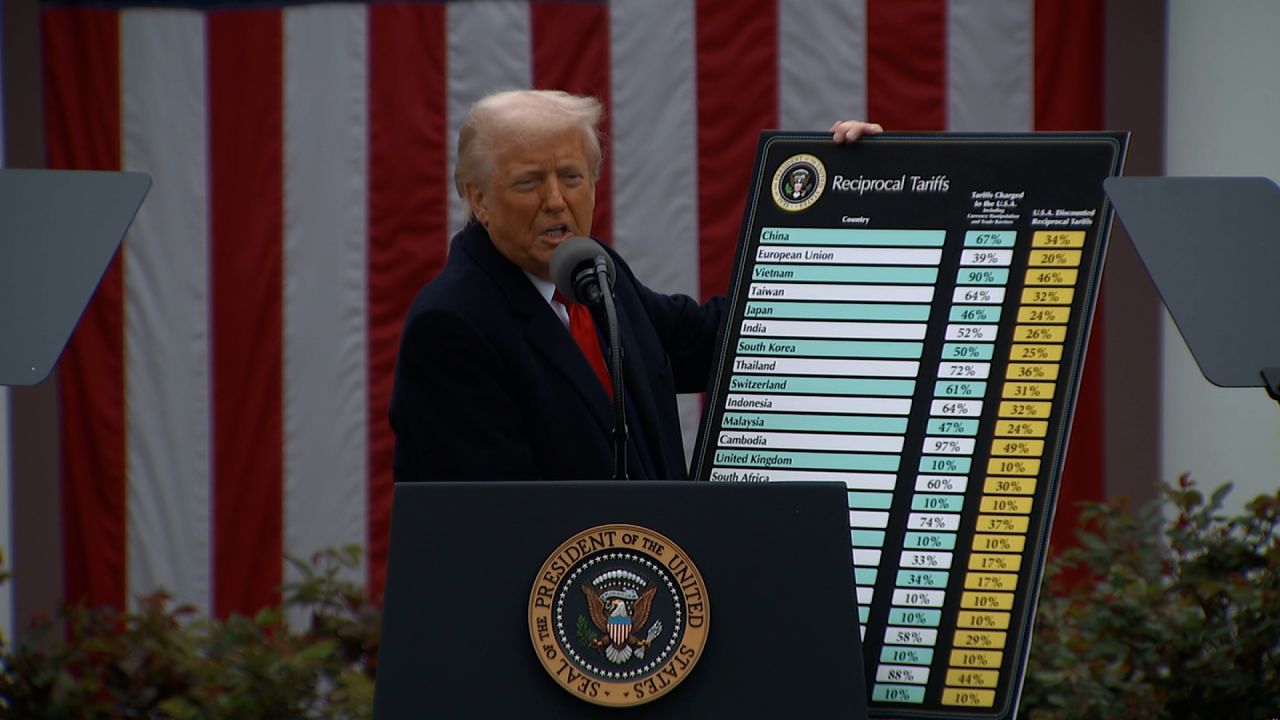## Game Over for Lower Tariffs? Court Decision Could Impact Your Next Console
Gamers, brace yourselves. A recent court ruling could mean higher prices for the next game console or that shiny new accessory you’ve been eyeing. We’re talking about Trump-era tariffs, the trade wars, and how they might impact your gaming experience.

The legal battle over these hefty taxes is heating up, and a new ruling from a federal appeals court throws a wrench into the works. Could this mean your wallet takes a hit, or is it just another bump in the road?

Supply Chain Disruptions: How Tariffs Could Increase Costs for Game Developers and Retailers

The ruling in the Gamestanza-covered case, where a federal court blocked President Trump from imposing sweeping tariffs, has significant implications for the video game industry’s supply chain. Tariffs, essentially taxes on imported goods, can dramatically increase the cost of components, manufacturing, and even finished products. This ripple effect can ultimately lead to higher prices for consumers and potentially delay game releases.
Consider the intricate nature of game development. Many games rely on components sourced internationally, from microchips and processors to specialized hardware and even physical game packaging. If tariffs are imposed on these imports, the cost of production for game developers skyrockets. This increased cost can be passed down to retailers, who then face the challenging dilemma of absorbing the increased expenses or raising prices for consumers.

Impact on Game Development Costs
The video game industry is highly reliant on global supply chains. A significant portion of key components and manufacturing processes are located overseas. Even seemingly minor tariffs can have a substantial impact on these costs:
- Microchips and Processors: Essential for game consoles and PCs, these components often come from Asia. Tariffs could lead to substantial price increases, impacting both hardware and software development costs.
- Manufacturing and Labor: Many game studios outsource manufacturing to countries with lower labor costs. Tariffs could make these overseas manufacturing options less competitive, potentially increasing production costs.
- Physical Game Packaging: Cardboard, plastic, and printing materials for physical game cases can also be subject to tariffs, adding to the overall production expenses.
- Price Increases: While necessary to maintain profitability, price increases can alienate consumers, potentially impacting game sales.
- Margin Compression: Retailers might absorb some of the tariff costs, leading to reduced profit margins. This could limit their ability to invest in marketing and promotions, potentially affecting game visibility.
- Alternative Sourcing: Retailers might seek alternative suppliers within the US or other countries with lower tariff rates. This could involve finding new partners, renegotiating contracts, and potentially facing supply chain disruptions.
Retailer Pricing Strategies

With increased costs from tariffs, retailers face a difficult choice: absorb the losses, raise prices, or find alternative sourcing options. Each strategy has its own consequences:
Consumer Impact: Higher Prices and Potential Delays in Game Releases
The ultimate impact of tariffs is often felt by consumers at the checkout counter. Increased production costs and retailer pricing strategies can translate into higher game prices, making gaming less accessible for some.
Beyond price increases, tariffs can also lead to delays in game releases. Delays can occur due to disruptions in the supply chain, making it harder to obtain necessary components or manufacture games on schedule. This can frustrate gamers eager to play the latest titles.
Higher Game Prices
As tariffs increase the cost of game production, developers and retailers may have to raise prices to maintain profitability.
Imagine a popular game that typically retails for $60. If tariffs add $5 to the production cost, the retailer might need to increase the price to $65 to maintain their profit margin. This seemingly small increase can add up over time, especially for gamers who purchase multiple games.
Potential Delays in Game Releases
Tariffs can disrupt the delicate flow of materials and manufacturing processes necessary for game development.
- Component Shortages: Tariffs on essential components like microchips could lead to shortages, delaying the production of consoles and PCs, which in turn slows down game development and release schedules.
- Manufacturing Delays: If tariffs make overseas manufacturing more expensive or logistically challenging, it can lead to delays in assembling and packaging games, pushing back release dates.
International Implications: A Ripple Effect on Global Game Markets
The impact of tariffs extends beyond US borders, affecting global game markets in significant ways.
For example, retaliatory tariffs imposed by other countries could further disrupt supply chains and raise costs for US-based game developers and retailers. This can create a complex web of interconnected economic consequences that can ultimately harm the global gaming industry.
Retaliatory Tariffs
When one country imposes tariffs on another, it often triggers a cycle of retaliation. Other countries may respond with their own tariffs on goods imported from the original country. This can create a trade war, where tariffs escalate and damage global economic growth.
In the context of the gaming industry, retaliatory tariffs could target US-made games or game consoles, potentially making them more expensive for consumers in other countries. This could lead to a decline in US game exports and a loss of market share.
Impact on Global Partnerships
The gaming industry relies heavily on international collaboration. Game developers often work with teams in different countries to create global hits.
Tariffs can strain these partnerships by increasing costs and creating uncertainty. This can make it more challenging for game developers to find talented developers and artists, potentially hindering innovation and creativity in the industry.
Disruption of Global Supply Chains
The global gaming industry relies on a complex web of interconnected supply chains. Tariffs can disrupt these chains, making it more difficult to obtain components, manufacture games, and distribute them to consumers.
- Component Shortages: Tariffs on electronic components, such as microchips and processors, can lead to shortages, delaying the production of game consoles and PCs, impacting the entire industry.
- Manufacturing Delays: Tariffs on labor or materials in manufacturing hubs can result in delays in assembling and packaging games, pushing back release dates.
- Distribution Challenges: Tariffs on shipping and transportation can increase the cost of getting games to consumers, potentially leading to delays and disruptions in the supply chain.
Conclusion
So, there you have it. The appeals court has dealt a significant blow to those hoping to see an end to Trump-era tariffs on Chinese goods. While the dust may still be settling on this ruling, its implications for the gaming industry are clear: continued price hikes on imported components, potential supply chain disruptions, and a ripple effect impacting everything from console production to indie game development. The court’s decision, focusing on procedural technicalities rather than the merits of the tariffs themselves, leaves the door open for future legal challenges, but for now, this trade war lingers. This isn’t just about dollars and cents; it’s about the very fabric of the gaming world. From the consoles we hold to the games we play, the global supply chain is intricately woven. These tariffs add another layer of complexity, potentially impacting the affordability and accessibility of games for everyone. As gamers, we’re used to navigating virtual worlds, but this real-world economic battle has the potential to reshape the landscape of our beloved hobby. Will developers find innovative ways to adapt? Will consumers ultimately bear the brunt of these costs? The answers remain to be seen, but one thing is certain: the battle for the future of gaming is far from over.
